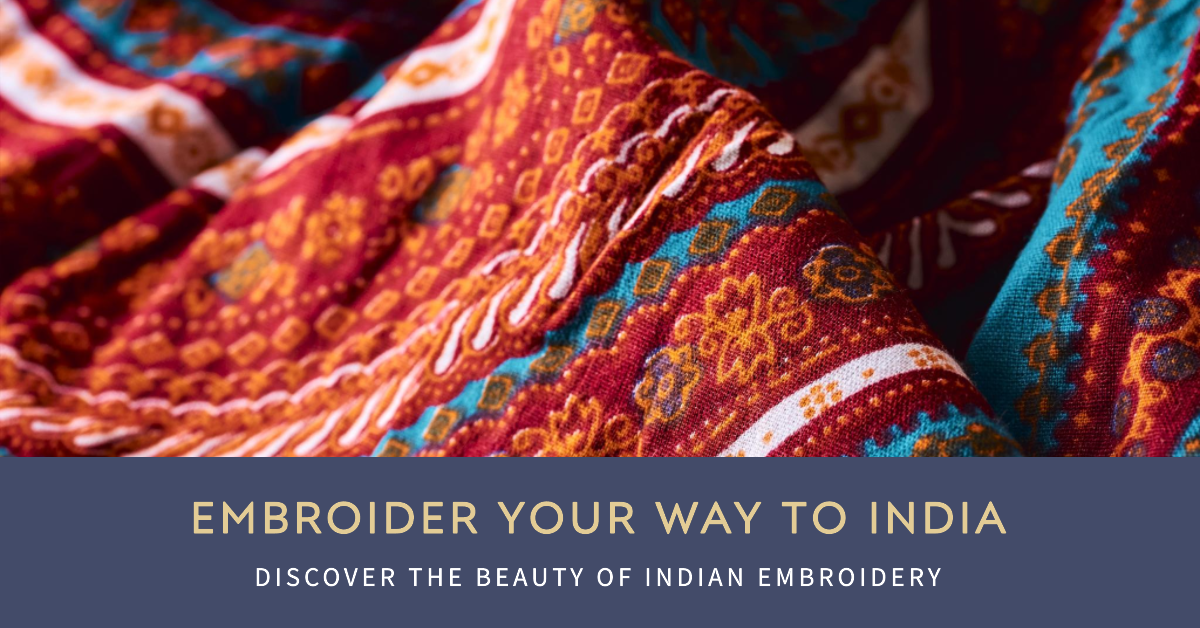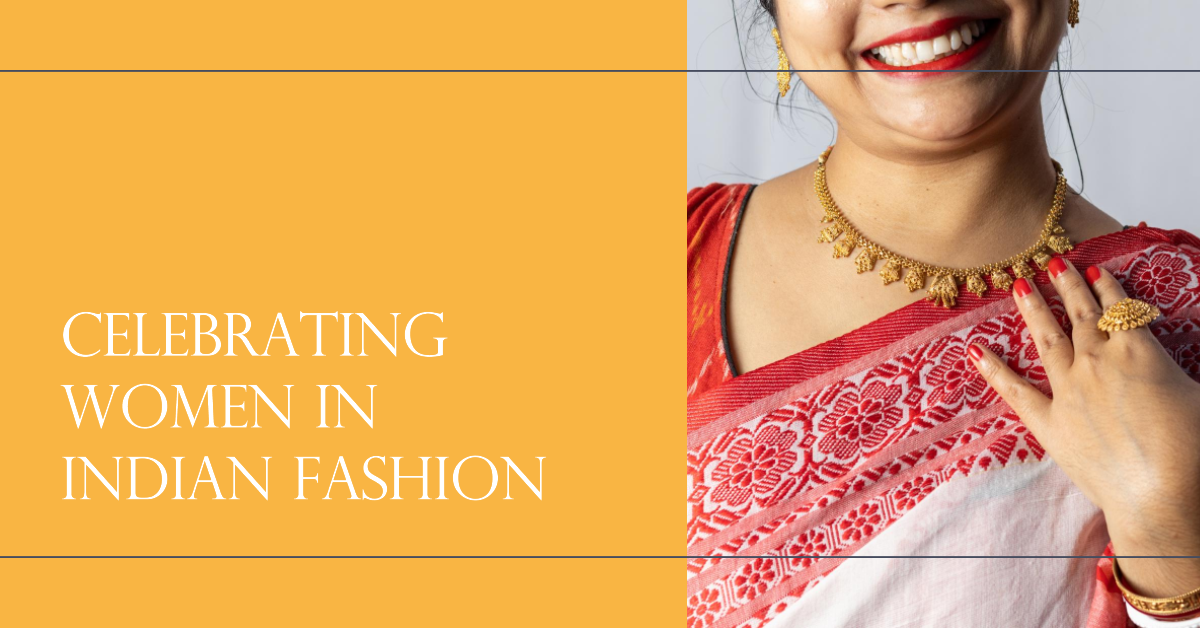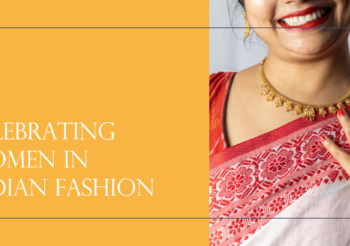The Art of Indian Embroidery;A Story Woven in Threads
Indian embroidery is not just a craft; it’s a living art form, a testament to the country’s rich history, and a canvas for creative expression. The exquisite tapestry of Indian embroidery tells stories of tradition, culture, and craftsmanship. In this exploration, we embark on a journey through the fascinating world of Indian embroidery, where threads weave tales of beauty and heritage.
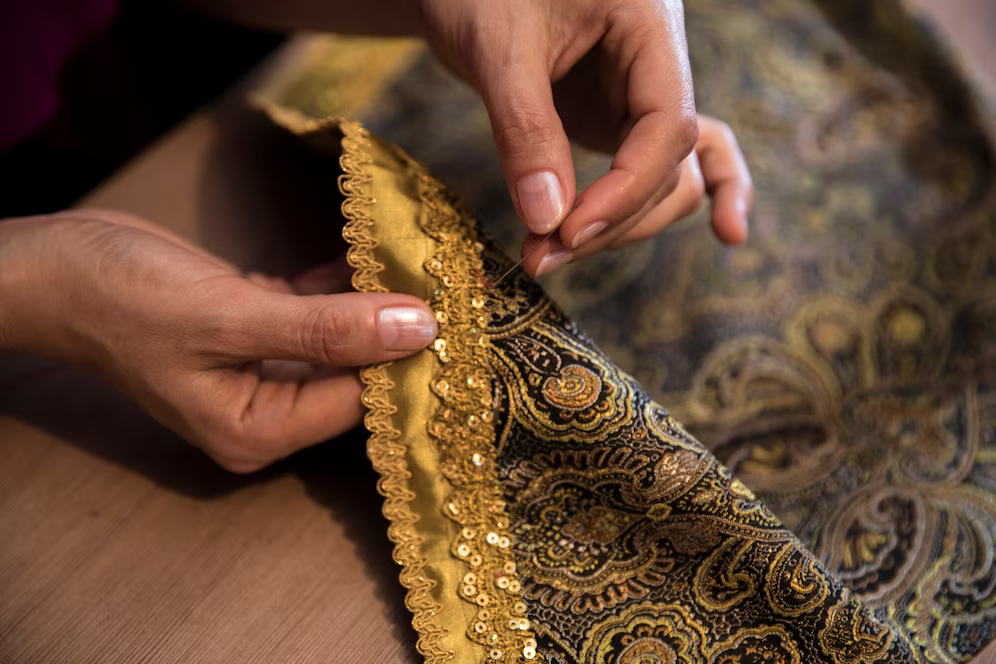
A Legacy of Artistry
Indian embroidery has an ancient lineage, dating back thousands of years. It is deeply rooted in the country’s diverse cultures, each region boasting its unique embroidery techniques and styles. From the vibrant mirror work of Gujarat to the intricate Chikankari of Lucknow, every form of Indian embroidery has a story to tell.
The Diversity of Styles
One of the most remarkable aspects of Indian embroidery is its astonishing diversity. Here are a few prominent styles that showcase the rich heritage of Indian embroidery:
Chikankari
Originating in Lucknow, Chikankari is renowned for its delicate white-on-white embroidery. This style features intricate threadwork that adorns fabrics like muslin and silk. Chikankari is not only visually appealing but also showcases the skill and precision of artisans.
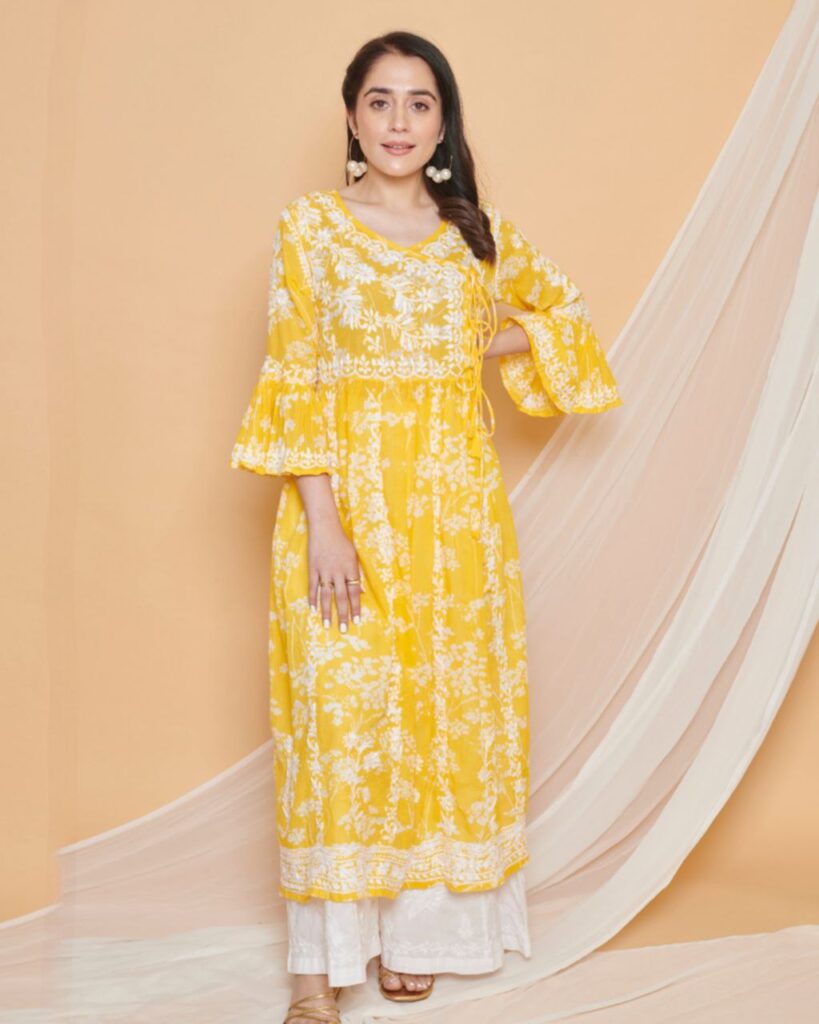

Kantha
Kantha embroidery hails from West Bengal and Bangladesh. It involves simple running stitches that create elaborate patterns and motifs. Traditionally, Kantha was used to upcycle old sarees into new garments, making it a sustainable art form.
Phulkari
Phulkari, which means “flower work,” is a traditional embroidery style from Punjab. It features bold and colorful threadwork that often depicts floral motifs. Phulkari dupattas and shawls are highly sought after for their vibrant aesthetics.
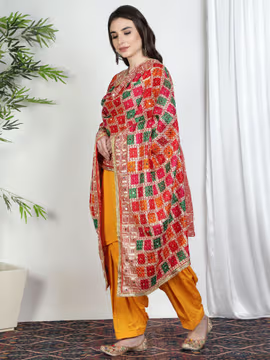
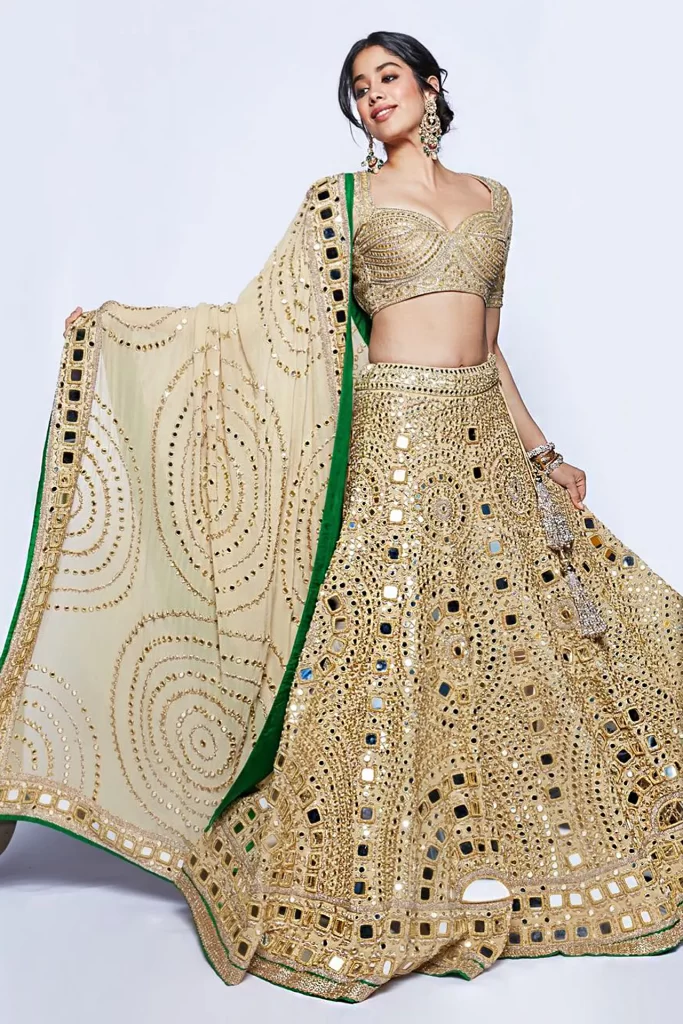
Mirror Work
Mirror work, or ‘shisha’ embroidery, is characterized by the use of small reflective mirrors along with colorful threadwork. This style, prevalent in Gujarat and Rajasthan, adds a dazzling and reflective quality to fabrics
Zardozi
Zardozi, which means “gold embroidery,” is a style that involves the use of metallic threads and embellishments. This opulent embroidery is often seen on bridal wear and royal attire. It adds a touch of grandeur and luxury to any fabric.
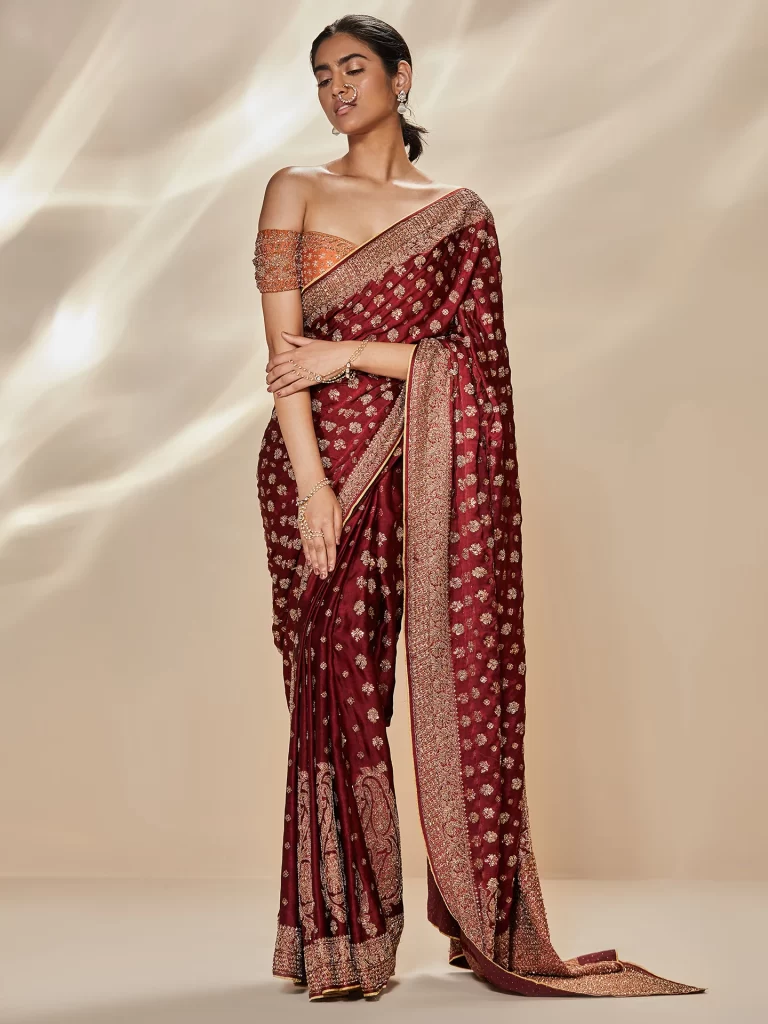
Cultural Significance
Indian embroidery goes beyond aesthetics; it is deeply intertwined with culture and tradition. Many embroidered motifs hold symbolic significance. For example, the ‘paisley’ motif is believed to bring good luck, while ‘elephant’ motifs represent strength and royalty.
A Contemporary Resurgence
While traditional embroidery techniques continue to thrive, they have also found a place in contemporary fashion. Top designers and fashion houses incorporate Indian embroidery into their collections, adding a touch of heritage and timeless beauty to modern designs.
Supporting Artisans and Sustainability
The art of Indian embroidery provides livelihoods to countless artisans across the country. By purchasing embroidered products, consumers contribute to the preservation of this art form and support sustainable practices in the fashion industry.
The Craftsmanship Behind Indian Embroidery
Indian embroidery is not merely about the end product; it’s also a celebration of the meticulous craftsmanship that goes into creating these stunning works of art. Behind every embroidered masterpiece, there are skilled artisans who dedicate their time and expertise to perfecting their craft.
Artisans often inherit their embroidery skills from previous generations, passing down techniques and patterns that have been preserved for centuries. These craftsmen and craftswomen bring life to fabrics through their nimble fingers, using a variety of stitches, from the basic running stitch to more intricate ones like the chain stitch, satin stitch, and French knots. The precision and patience required for this work are truly awe-inspiring.
Traditional Embroidery as a Symbol of Identity
Indian embroidery serves as a symbol of regional identity and cultural pride. Each state and community in India has its unique embroidery traditions, and these techniques have been handed down through generations. Whether it’s the vibrant and geometric patterns of Kutch embroidery, the intricate threadwork of Kashmiri embroidery, or the earthy and rustic charm of Gota Patti work from Rajasthan, each style is a reflection of the region’s history and heritage.
Embracing these diverse styles in clothing and accessories is a way for individuals to connect with their roots and showcase their cultural identity. It’s a reminder of the rich tapestry of Indian culture and the importance of preserving and celebrating these traditions.
The Craftsmanship Behind Indian Embroidery
Indian embroidery is not merely about the end product; it’s also a celebration of the meticulous craftsmanship that goes into creating these stunning works of art. Behind every embroidered masterpiece, there are skilled artisans who dedicate their time and expertise to perfecting their craft.
Artisans often inherit their embroidery skills from previous generations, passing down techniques and patterns that have been preserved for centuries. These craftsmen and craftswomen bring life to fabrics through their nimble fingers, using a variety of stitches, from the basic running stitch to more intricate ones like the chain stitch, satin stitch, and French knots. The precision and patience required for this work are truly awe-inspiring.
Traditional Embroidery as a Symbol of Identity
Indian embroidery serves as a symbol of regional identity and cultural pride. Each state and community in India has its unique embroidery traditions, and these techniques have been handed down through generations. Whether it’s the vibrant and geometric patterns of Kutch embroidery, the intricate threadwork of Kashmiri embroidery, or the earthy and rustic charm of Gota Patti work from Rajasthan, each style is a reflection of the region’s history and heritage.
Embracing these diverse styles in clothing and accessories is a way for individuals to connect with their roots and showcase their cultural identity. It’s a reminder of the rich tapestry of Indian culture and the importance of preserving and celebrating these traditions.
Beyond Fashion: Embroidery as Art
While embroidery is often associated with clothing and textiles, it transcends these boundaries and finds its place in various forms of art. Embroidered pieces are not just meant to be worn but can also be framed as exquisite artworks.
Many contemporary artists and designers are pushing the boundaries of traditional embroidery by experimenting with new materials, techniques, and themes. This fusion of tradition and innovation breathes new life into Indian embroidery, making it relevant in the world of modern art.
Indian embroidery is not just a craft; it’s a living, breathing art form that connects the past with the present. It tells stories of culture, tradition, and the sheer creativity of human hands. As we adorn ourselves in garments embellished with Indian embroidery, we become part of this beautiful narrative, keeping the art alive and thriving for generations to come. Each thread, each stitch is a testament to the enduring beauty and cultural richness of India. It’s a story woven in threads, and it’s a story worth celebrating.
